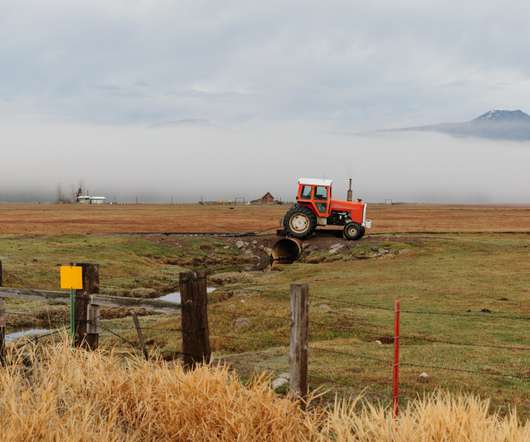First Aid for Agencies: Accountability in USDA’s Wildlife Services Program is a Century Overdue
Vermont Law
FEBRUARY 3, 2014
For the past four centuries, legal criteria to regulate the environment and satisfy diverse interests have emerged as part of the environmental movement. As such, the Center is calling for regulations requiring the use of the best available science and technology when implementing wildlife control.



















Let's personalize your content